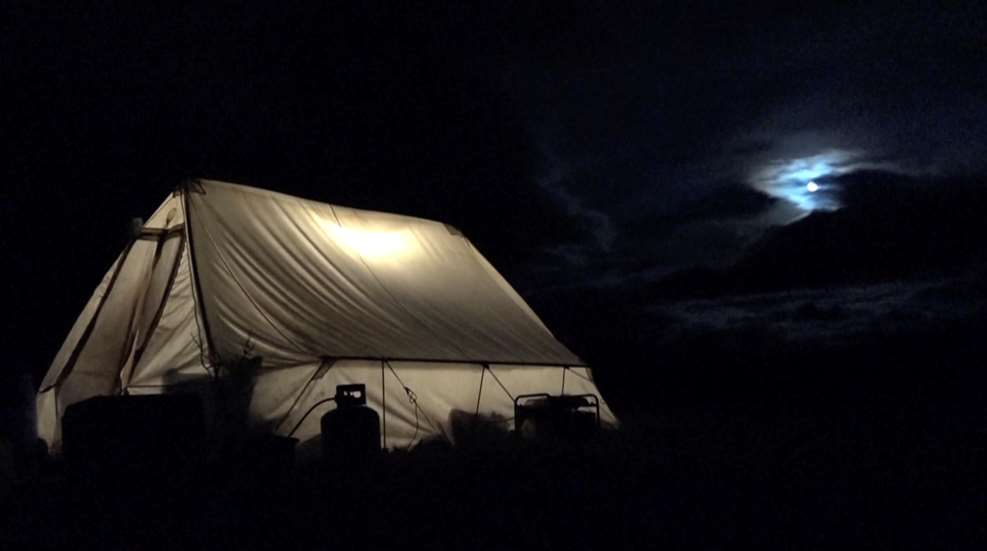
Over the years I’ve done a lot of hunts in the backcountry for long lengths of time. From brown bear to moose hunts, these trips are often close to 14 days and seldom have running water or anything beyond a tent and what you bring. I’ve made a few mistakes over the years; I’ve taken things I didn’t need, and I’ve definitely been in the wilderness wishing I had something that was sitting at my house. Although every hunt and every huntress is different, these eight tips based on my experiences should get you thinking about what you’ll really need on your next backcountry adventure.
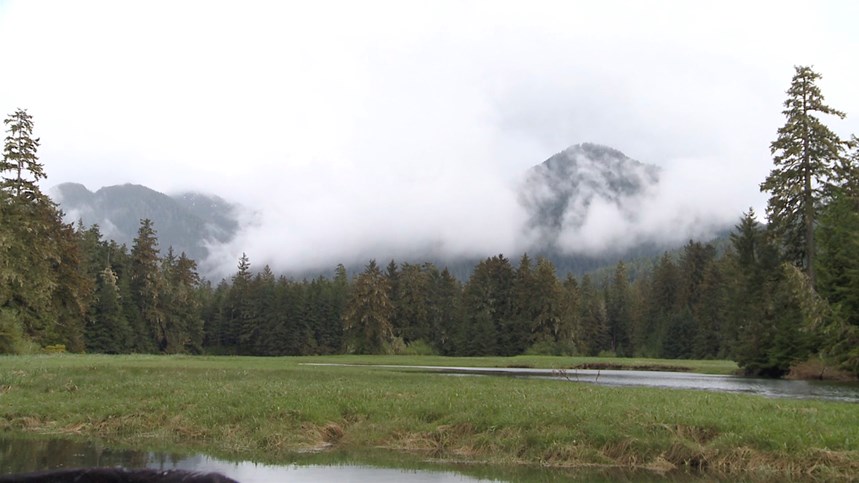
1. Ask your guide or outfitter for a gear list. That doesn’t mean you need to go out and buy everything on that list, but it’s a great starting point. For example, sometimes they will bring a cot or a bedroll for you, so there is no reason to double up. Having the right gear for the type of terrain and weather you will encounter can make or break a backcountry experience. Do your homework ahead of time by asking a lot of questions.
2. Buy the best sleeping bag you can afford. Years ago, I used to take my childhood sleeping bag with me. It was big, bulky and not very warm. Sleeping bag technology has greatly advanced. Now, they make bags that are the size of a loaf of bread and super light. They keep you extremely warm and come in a variety of temperature ranges. The number one thing to take into account is your bag’s temperature rating.
My sleeping bag is rated for 15 degrees Fahrenheit and covers me on most hunts. When it’s time to go to bed, I wear a one-piece, fleece-lined, zip-up suit (kind of like a onesie for a kid). It stays in my sleeping bag, and I only use it for sleep so that it is always dry. This way, regardless of how wet or cold I get while hunting, I always have something dry and warm to change into. If your feet get cold or you just can’t seem to warm up, boil some water and put it in your thermos. I place this inside my sleeping bag to use as a little heater for really cold conditions.
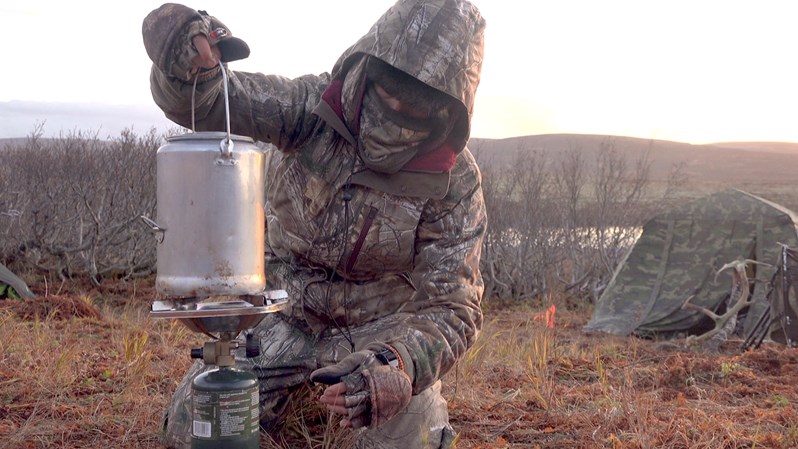
3. Bring freeze-dried food. I’ve learned the last thing I want to do after coming back from an extremely hard hunt is cook. I’m usually exhausted and want to eat and get straight to sleep. I’m a big fan of freeze-dried food, because it’s simple and pretty tasty in the field. Simply boil water, pour it in the meal pouch of your choice, and you’re ready to eat in minutes. Bring a spoon or fork that you can re-use each day for your meals. There are so many options; my favorites are spaghetti and beef stroganoff with raspberry crumble for dessert. Yes, they make desserts, and I always bring enough to have one every night! One important thing to keep in mind if all you’re eating is freeze-dried meals is to drink a lot of water. The freeze-dried food will dehydrate you quickly.
4. Always have snacks within reach. I’m also a big fan of bringing small candy bars, peanut butter and little things I can keep in my pocket to keep myself going. When I feel like I can’t go any more, I grab some sort of easily accessible snack, gobble it up and keep plugging along. That little sugar rush has helped me continue on more times than I can count.
5. Pack dry shampoo and body wipes. My hair is extremely long and not washing it for two weeks is no picnic. I keep it in a braid as much as possible; rarely will I take it out, and if I do I braid it right back up. This keeps it from becoming a giant tangled mess. I do bring dry shampoo to freshen up, and this helps my hair from becoming super greasy. I also bring large body wipes to clean up every night. Some wipes leave a sticky feeling, so test them out before bringing them into the field. The last personal item I always bring is a small mirror. If you have no plans on wearing any makeup or caring what you look like, you can skip this, but I’ve found it super helpful when putting a little makeup on in the morning, because there are definitely no mirrors out there!
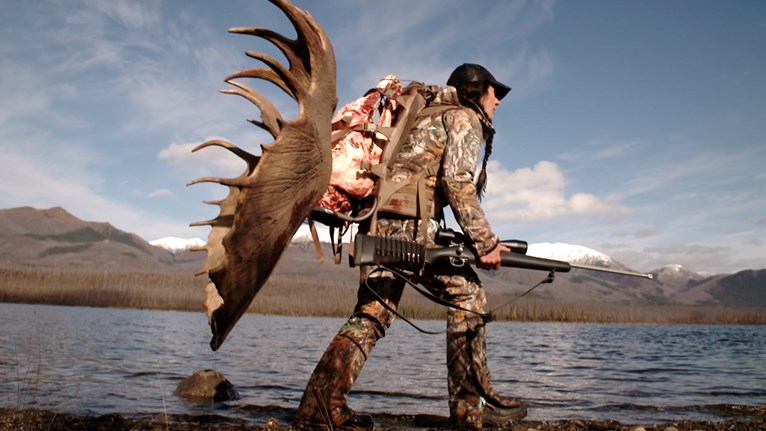
6. Buy the right backpack. Find out if you’re going to need to pack your animal out and how far from camp you may be. I personally use a pack frame during the entire hunt so that I don’t have to make a special trip back to camp to get it. Always ensure your pack has a chest strap and a waist strap; when you get a heavy load, these are crucial features. Also, test your pack out with some heavy items before you leave to ensure it fits properly.
7. Bring more than one pair of boots. I’m not the best at packing light, but I have learned that bringing two sets of boots is really important. Several years ago, I did a float trip in the Yukon for moose and decided to only bring one pair of boots. The first day we got completely soaked, so I put them over the fire to dry them out before bed. While we were eating, they slipped down a little, and I panicked when I saw them smoking. These were the only pair of boots I had and I almost melted them! Although they did shrink up a bit and had some melted rubber, luckily, they were still usable. Now, I always bring two.
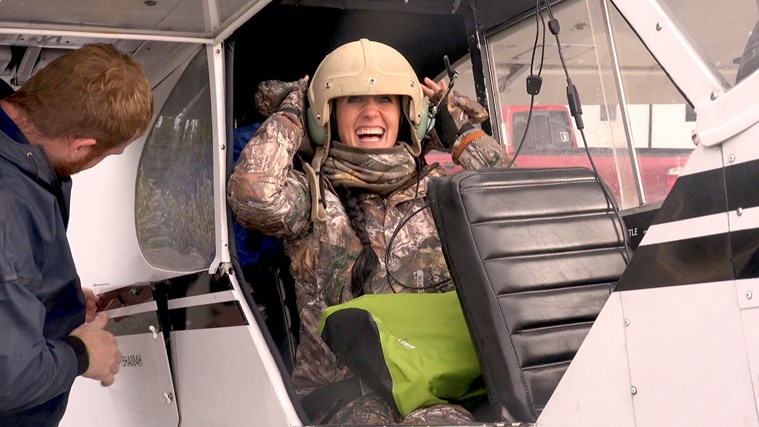
8. Don’t forget dry bags. While dry bags are always useful in the field, I had a particularly bad experience flying into a remote location on a floatplane. The pilots were not a fan of my big duffel bag. They wanted small packs to place around the plane. The first time I experienced this, all I had was a big duffel, so we had to pull all of my gear out and stuff it in places. Most of my things got wet and it was less than ideal to have my gear scattered all over. Now, I’ve learned to pack everything in little dry bags, and then place them in a larger duffel. When the pilot says it’s time to load up, I open it and hand them the dry bags. This way everything stays put together and dry, and it’s easy to spread out.















































